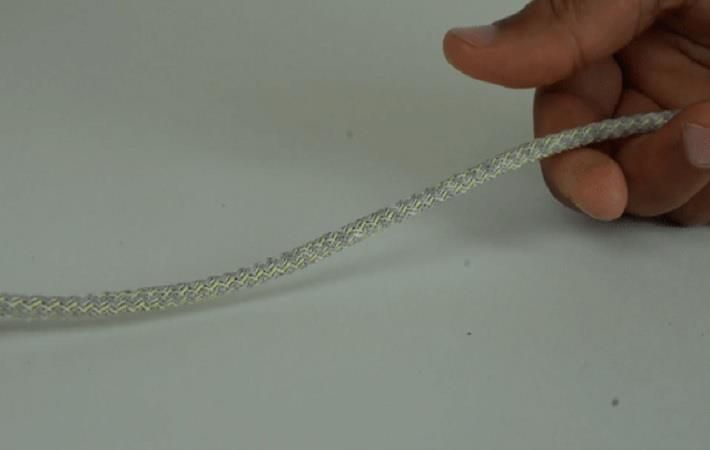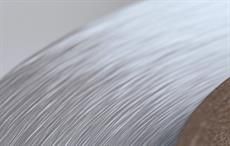Google is developing a touch sensitive e-textile cord prototype to control music and other media. It has been made with a helical sensing matrix (HSM) that helps the user control music by simply using his fingers. The touch-sensitive cords can be instructed based on the discretion of the user, who may single tap, double tap, twist or apply pressure on the cord.
This HSM comes in braided form of insulated e-fabric or yarns designed to transmit and receive messages that enable mutual capacitive sensing.Google is developing a touch sensitive e-textile cord prototype to control music and other media. It has been made with a helical sensing matrix that helps the user control music by simply using his fingers. The touch-sensitive cords can be instructed based on the discretion of the user, who may single tap, double tap, twist or apply pressure on the cord.#
Google focused on e-fabric cords as they come in handy for various purposes like drawstrings in hoodies or pullovers. These are also used as wired connections for data and power across consumer devices.
The capacitive coupling at their intersections is modulated by the user’s fingers, and these interactions can be sensed anywhere on the cord since the braided pattern repeats along the length, Google noted on its website.
The cord has fibre optics functioning and will give feedback in form of light or sound.
"We want to help the user discover functionality and get continuous feedback on their actions. Where possible, we provide visual, tactile, and audio feedback integrated in the device. Based on these principles, we leverage our e-textile architecture to enable interaction techniques based on our ability to sense proximity, area, contact time, roll and pressure," Google noted.
The pattern of a braid is repetitive that will help users give instructions anywhere through the length of the braid.
"By exploiting techniques from textile braiding, we integrate both gesture sensing and visual feedback along the surface through a repeating matrix topology," Google said.
According to Google, the software is able to distinguish between the different gestures including tapping, squeezing and twisting the cord with up to 94 per cent accuracy.
In March, Google teamed up with Adidas to unveil a smart shoe insole, which connects to a phone and can turn a person’s kicks and movement on the soccer field into rewards. Google also worked on a denim jacket made in partnership with Levi's. The jacket lets people control their music or get traffic updates by swiping on the sleeve cuff.
Fibre2Fashion News Desk (DS)


